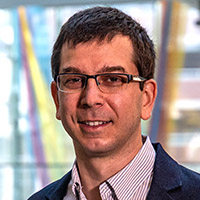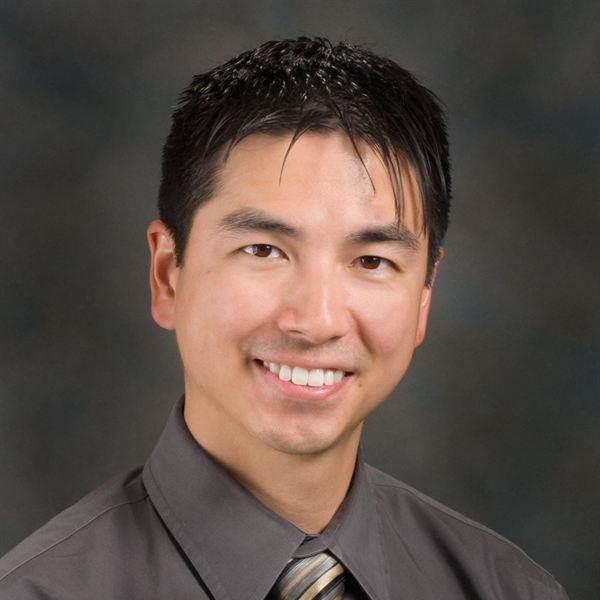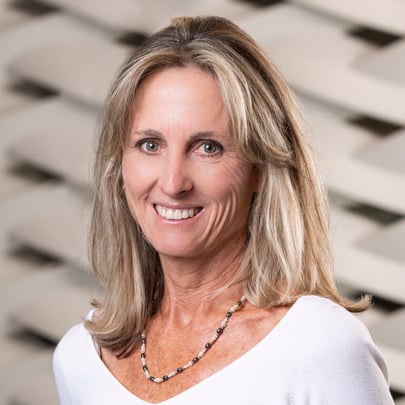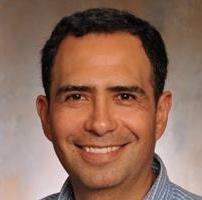At the University of Colorado Cancer Center’s Office of Community Outreach and Engagement (COE), cancer center members are creating an interactive data platform to give researchers information on Colorado’s demographics, cancer burden, risk factors and health behaviors, environmental factors, and access to care across the cancer continuum.
“Our platform will assist the CU Cancer Center and COE in achieving our goals to understand and share information about our catchment, highlight disparities to inform new research, and set priorities for implementing interventions to reduce risk and improve outcomes,” says Jan Lowery, PhD, MPH, assistant director for dissemination and implementation in COE. “Further, it provides us with a tool to engage with the populations that we serve and optimize the benefit of our cancer center activities for all Coloradans.”
In the Colorado School of Public Health, meanwhile, CU Cancer Center Deputy Director Cathy Bradley, PhD, and associate professor Marcelo Perraillon, PhD, co-director of the Population Health Shared Resource (PHSR), with the support of an R01 grant from the National Cancer Institute, have created another resource for cancer researchers by linking the Colorado All-Payers Claims Database (APCD) with the Colorado Central Cancer Registry. APCD contains information on most payers in the state and offers a novel source of data to compare cancer treatment by insurance and plan at the population level.
“The United States has a fragmented health care system, with many different types of insurance plans and payers, including public payers, commercial payers, and closed systems like Veterans Affairs,” Perraillon says. “The fragmentation of the system creates limitations in the data that can be used to compare payers and plans. Medical claims, a major source of data for research, are often limited to a single payer and lack detailed clinical information like date of cancer diagnosis and stage. To overcome these challenges, we linked the two databases.”
|
Learn about how the CU Cancer Center is helping in each of the eight goals of the National Cancer Institute’s National Cancer Plan aimed at changing how we know cancer today. |
The PHSR core at the cancer center stores the APCD and registry linkage, among other linkages and databases used in cancer research, and provides cancer center members with analysts trained to use multiple cancer-related databases. PHSR also offers help in the design of studies. Claims data, in particular, require extensive expertise since they were not designed for research. Their proper use depends on understanding how insurance payers pay providers for services in different payment models, which is a very complex area.
And CU Cancer Center member Casey Greene, PhD, professor and chair of the CU School of Medicine’s Department of Biomedical Informatics, works at the confluence of computer science, biology, and medicine, connecting technology with vast, often disparate sets of data.
“We have existing public data resources, but they are very challenging to analyze,” Greene says. “That’s partly because when we upload the data, we don’t know what other people are going to want to do with it. Even when we’re trying to be helpful and put as much information there as possible, people will leave out things that to us weren’t important but might be hugely meaningful to people who are later trying to do an analysis.”
Data a growing goal
These are just a few examples of the ways in which the CU Cancer Center is using, combining, and sharing data to advance research and improve care. It’s an area that’s growing in importance at cancer centers across the country, as evidenced by the National Cancer Institute’s (NCI’s) National Cancer Plan, which lists maximizing data utility as one of eight goals designed to support the aims of President Joe Biden’s Cancer Moonshot initiative, which proposes to reduce cancer deaths in the U.S. by 50% over the next 25 years.
The NCI touts new software tools that are revolutionizing how data is collected, organized, and used for biomedical research. This includes machine learning algorithms that can identify patterns in large, complex datasets and evaluate the likely outcomes of different treatments.
“Cancer research data may come from experiments, clinical trials, electronic health records (EHRs), and other sources,” the NCI says on its website. “EHRs, for example, allow a range of patients to provide data from routine clinical care. With EHRs, it is now possible to directly engage patients in data sharing, respect their wishes for how their data are used, and return results to them. However, issues with how data from EHRs are collected and formatted still limit how much they are used in research.”
The NCI’s strategies for maximizing data utility include:
- Providing structure to enable data sharing throughout cancer research and building tools that make it easier to use.
- Building and maintaining a secure cancer research data ecosystem that protects patient privacy while collecting, standardizing, and providing access to a broad range of research data.
- Developing data quality standards, metrics, and practices to promote the use of routine health care data more in research.
- Engaging patients directly in data sharing and respecting their wishes for data use.
- Returning individual and study results to research participants.
- Enabling underserved communities and health care organizations with limited resources to engage with and benefit from available data and related scientific advances.
How the CU Cancer Center contributes
As one of 71 cancer centers around the country recognized as NCI-designated cancer centers due to their strengths in research, prevention, diagnosis, and treatment, the CU Cancer Center shares in the NCI’s cancer goals, including the goal of maximizing data utility.
“Is there a way we can leverage all this data we’ve collected over the past two decades from sequencing cancers and analyzing tumors?” says CU Cancer Center member Chris Lieu, MD, professor of medical oncology. “If we have these big data sets and we have the advent of more usable artificial intelligence, can we start to combine some of the technologies we have available with these big data sets? There might be ways to use those big pieces of information to start to treat patients more individually.”
Lieu understands the importance of keeping data secure, but he also wants to be sure it can be used effectively.
“People are understandably concerned about what happens to their data,” he says. “We can ensure that data is safe and deidentified. But we also need to make sure that the data is high quality so it can guide treatment for the future. The generations ahead of us will receive better care because we are learning now what to do and what not to do. We want people to be enthusiastic about providing this data so that we can fight cancer better in the future. The more we can all speak the same language and have access to high-quality data, the more we are going to be able to help people.”







.png)